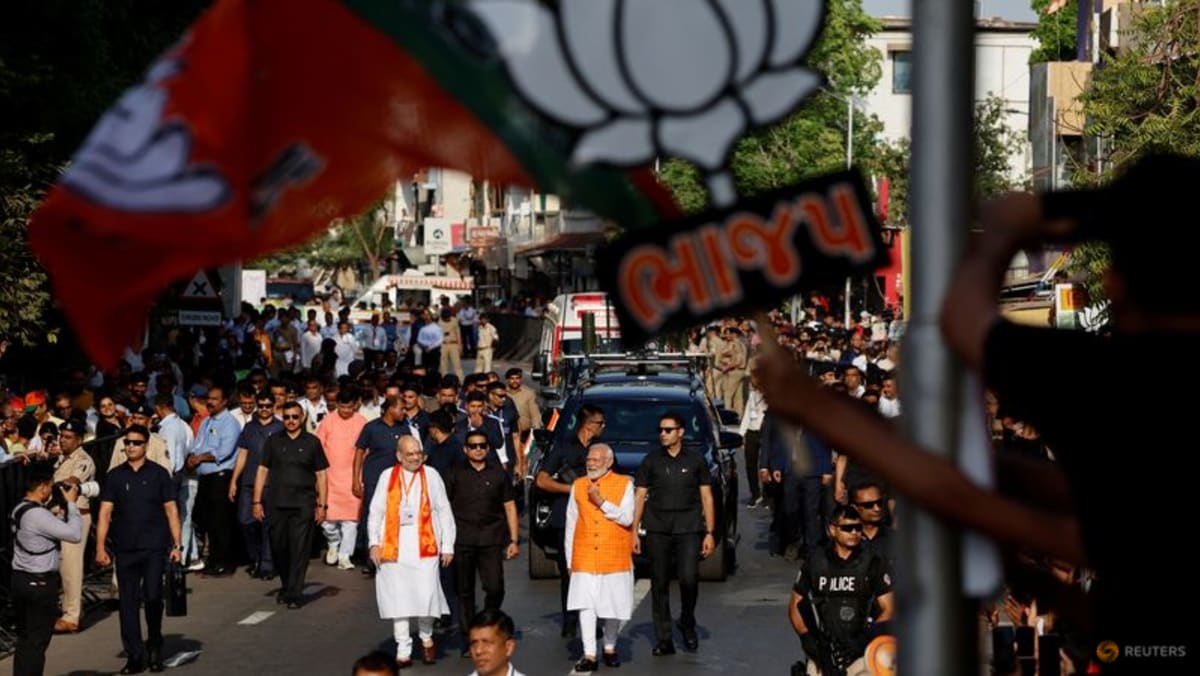DISPARITY BETWEEN URBAN AND RURAL INDIA
Over the last decade under Prime Minister Narendra Modi’s government, India has achieved an average annual growth rate of 7 per cent, propelling it to become the world’s fifth largest economy.
Such strong economic growth is one of the key achievements Mr Modi is highlighting as he seeks re-election in the ongoing polls.
Earlier this year, government think tank Niti Aayog published a report that said up till last year, almost 250 million people had been lifted out of poverty within the decade Mr Modi was in power.
However, India’s poverty level remains a projected 11 per cent, with some economists noting that the income gap has widened in recent years.
The report also showed that the number of citizens in “multidimensional poverty” – which refers to deprivation across income, education, and basic infrastructure – between 2019 and 2021 was 19 per cent in the rural population. This was about four times more than in urban areas.
“The combined effect of demonetisation, GST (Goods and Services Tax), and subsequently the pandemic and reverse migration – these are the factors which have impacted rural income,” said Mr Sujan Hajra, chief economist at financial services provider Anand Rathi Shares and Stock Brokers.
“That is why there is an increasing feeling of disparity between rural and urban India.”
During the demonetisation exercise in 2016, India’s two highest value banknotes were banned overnight, while the GST was launched in 2017.
